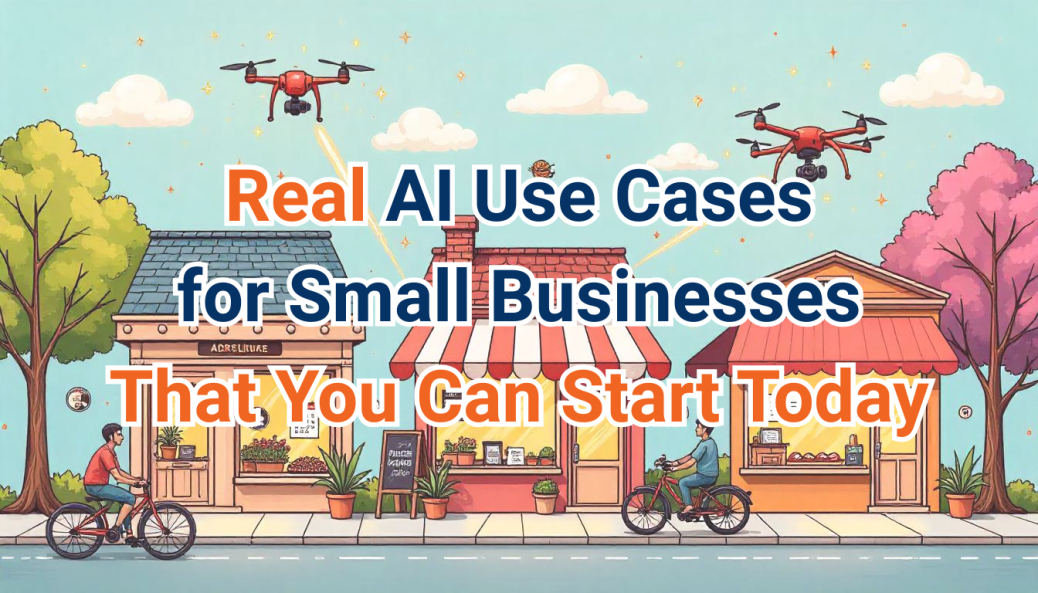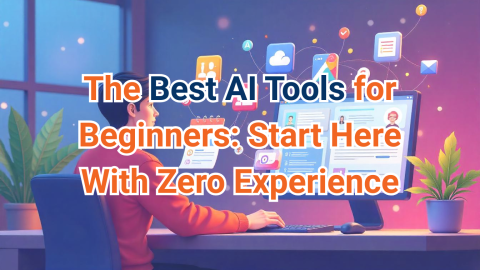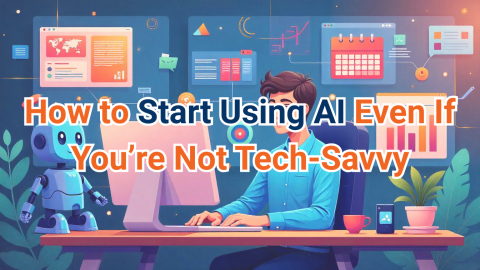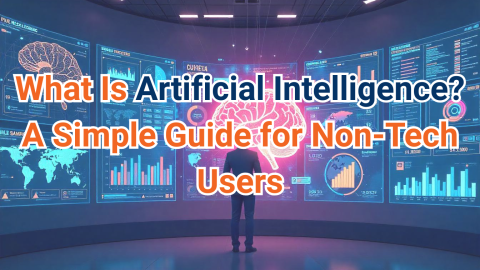Artificial intelligence isn’t just for tech giants. Today, it’s quietly revolutionizing how small businesses operate—helping owners save time, cut costs, and serve customers better. If you’ve ever wondered how AI could help your business but didn’t know where to start, this guide is for you.
You’ll discover practical AI use cases for small businesses that don’t require coding, hiring developers, or making major changes. These are real examples you can apply in your business starting today.
Why AI Isn’t Just for Big Corporations
In the past, AI felt out of reach for most small business owners. It sounded expensive, complicated, and irrelevant to daily operations. That’s no longer the case.
With the rise of affordable, easy-to-use tools, small businesses can now access the same level of automation and efficiency that larger companies enjoy. Even better, these tools are designed with simplicity in mind—so you can get results fast, without a tech background.
AI Use Cases You Can Apply Today
Here are some highly effective ways small businesses are already using AI:
1. Customer Support Automation
Use AI chatbots (like Tidio or Intercom) to answer common questions instantly, even when your team is offline.
→ Great for: e-commerce shops, service providers, restaurants.
2. Smart Email Replies & Campaigns
Tools like ChatGPT and Mailchimp’s AI writer can draft email responses or newsletters in your tone of voice.
→ Great for: freelancers, coaches, local shops.
3. Automated Scheduling
Let tools like Motion or Clara schedule meetings and reminders based on your availability and deadlines.
→ Great for: consultants, agencies, client-facing roles.
4. Invoice and Document Generation
Use tools like DocuPilot or EvenUp to generate contracts, invoices, or reports automatically.
→ Great for: legal services, creatives, admin-heavy roles.
5. Social Media Content Creation
With Canva’s AI content tools or platforms like Lately.ai, you can generate weekly content in minutes.
→ Great for: product-based businesses, solopreneurs, coaches.
6. Sales Insights & Lead Scoring
AI CRMs like Pipedrive or HubSpot use AI to suggest which leads are most likely to convert, based on behavior.
→ Great for: sales teams, real estate agents, service-based businesses.
AI Use Cases by Industry (Examples)
- Retail: Personalized product recommendations, smart inventory alerts, and AI-powered loyalty programs
- Hospitality: Chatbots for booking/reservations, guest messaging, automated review requests
- Health & Wellness: AI appointment scheduling, fitness plan personalization, automated follow-ups
- Professional Services: Smart document generation, client onboarding, task prioritization
- Education & Training: AI-generated quizzes, automatic feedback, lesson planning assistants
These aren’t “futuristic ideas.” They’re happening now—and with low effort.
How to Get Started Without Getting Overwhelmed
You don’t need to implement everything at once. Here’s a simple starting approach:
- Identify a bottleneck – What’s wasting time or causing errors?
- Choose one tool – Look for an AI solution built for that task (we can help recommend if needed).
- Test and measure – Try it for a week. See what improves.
- Repeat – Add another tool only when you’re comfortable.
This phased approach lets you grow with AI, instead of being overwhelmed by it.
What About Costs?
Most beginner-friendly AI tools come with free trials or entry-level pricing, especially for small teams or solo users. In many cases, the time saved or additional revenue generated more than offsets the small monthly investment.
Think of AI tools like part-time virtual assistants:
- They don’t take breaks
- They work 24/7
- They learn as they go
And they cost far less than hiring extra staff.
Conclusion
AI isn’t a luxury anymore—it’s a practical, affordable tool that small businesses can start using immediately. From customer service to content creation to smarter scheduling, the opportunities are everywhere.
By applying just one or two of the AI use cases for small businesses shared in this article, you’ll start to see real, tangible benefits—more time, fewer mistakes, and better service for your clients.











